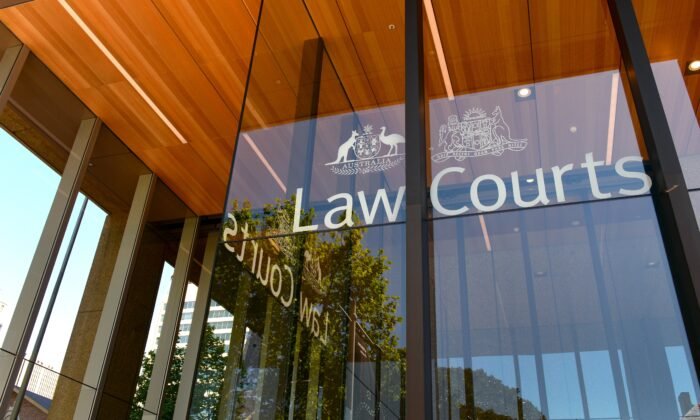Court hears poor professional handling, not cladding material, caused fires to be built
The lawyer representing 3A Composites stated that Australian law requires qualified professionals to assess the fire safety compliance of newly constructed buildings.
It was mentioned in court that combustible cladding does not pose inherent risks when used responsibly in building design, but can become highly hazardous if mishandled by professionals.
A case is currently underway in the Federal Court against German manufacturer 3A Composites and its Australian distributor, Halifax Vogel Group (HVG), regarding cladding associated with major fires globally, including the Grenfell Tower tragedy in London in July 2017 and the non-fatal Lacrosse fire in Melbourne in November 2014.
The focus of the lawsuit is on 3A’s Alucobond PE and Plus products, which were described in court as having a combustible polyethylene core encased in aluminum sheeting, typically used as a facade finish for exterior walls or roof edges and awnings.
The lawyer for 3A Composites highlighted that Australian law mandates qualified professionals like architects, fire-safety engineers, and building certifiers to evaluate the fire safety compliance of newly constructed buildings.
It was previously stated in court that this cladding has the potential to ooze, melt, and deform, facilitating the rapid spread of fire within a building.
However, Darke argued that the class action incorrectly places blame on 3A and HVG for the failures of professionals who allegedly acted unreasonably.
He stated that it should not be assumed that 3A’s Alucobond PE or Plus cladding could be used without increasing fire risk, emphasizing that these panels complied with all relevant laws and codes, and that decisions made by consultants and contractors contributed to dangerous uses and heightened fire risks.
According to documents submitted to the Federal Court by Sydney-based Halifax Vogel Group, the cladding sheets were designed to be installed by qualified professionals in a manner that met state and territory regulations as well as the National Construction Code.
The hearing has not reached a conclusion and will continue.
In March 2021, Victoria’s Court of Appeal found the architect, fire safety engineer, and building certifier of the Lacrosse Tower negligent in their design.
“We argue that consumers do not consider goods to be of unacceptable quality simply because they were used in a negligent or careless manner recommended or permitted by a qualified professional,” Darke commented.
AAP contributed to this report.





